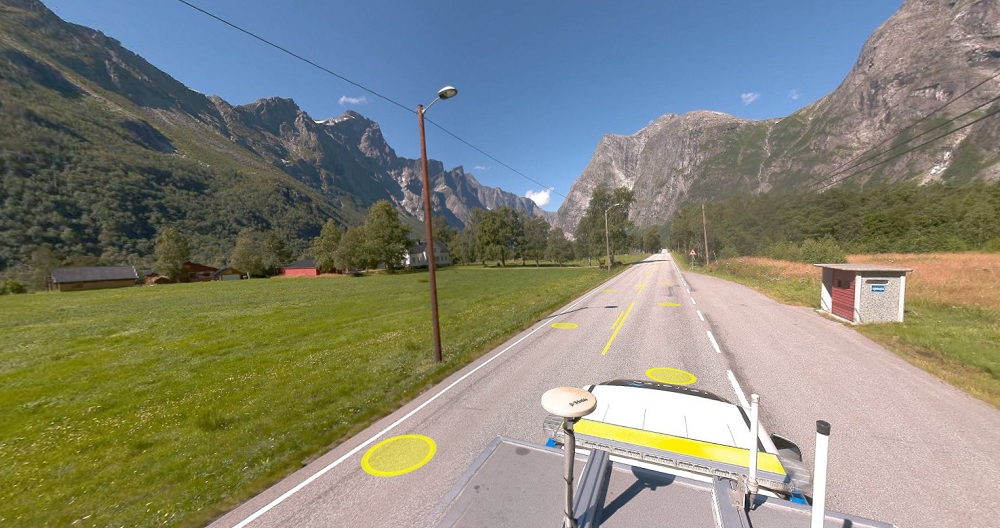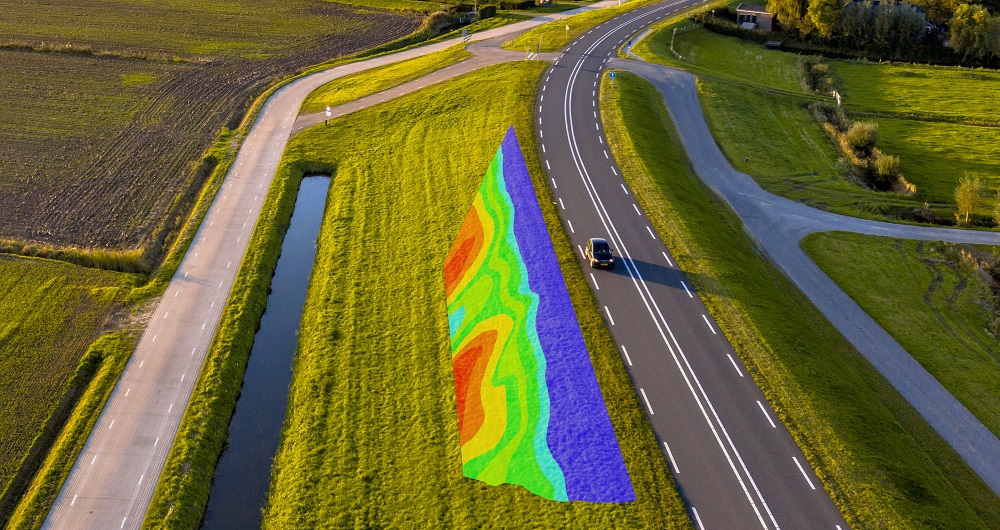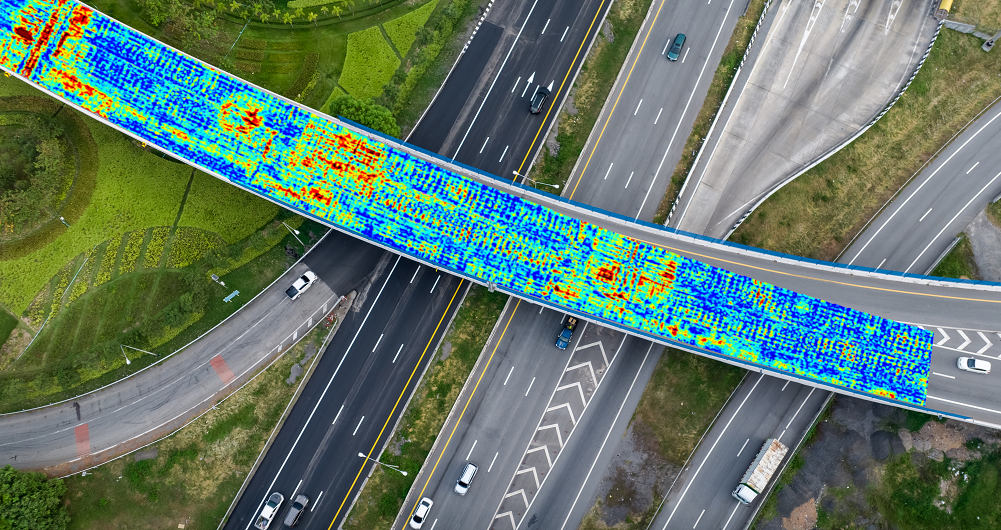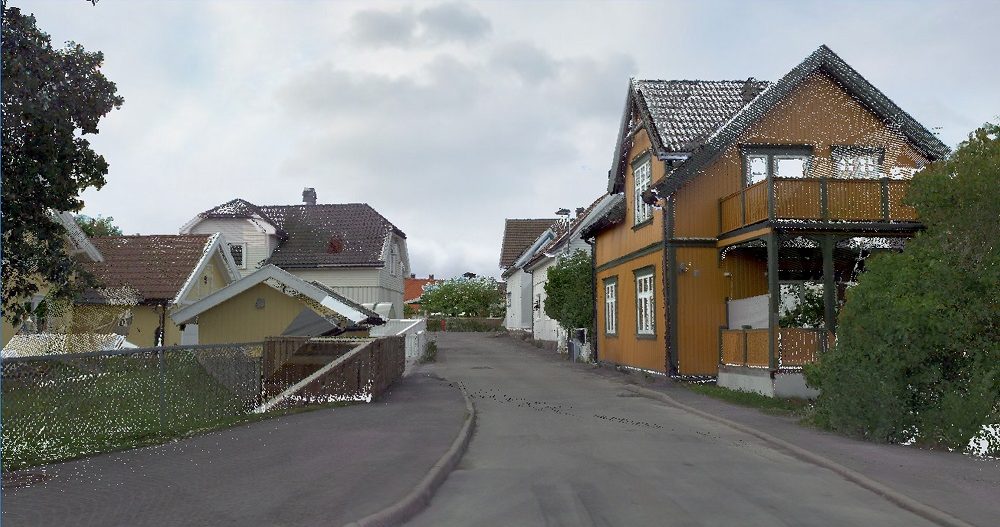Services
Refraction/reflection land seismic
Knowledge about bedrock depth and bedrock topography is essential to any construction or infrastructure project. While drilling or digging will provide accurate results, these methods are intrusive, and results may only represent part of the extent of the project area. Our refraction seismic services are optimal for mapping the thickness of unconsolidated subsurface strata and bedrock topography along 2D profiles.
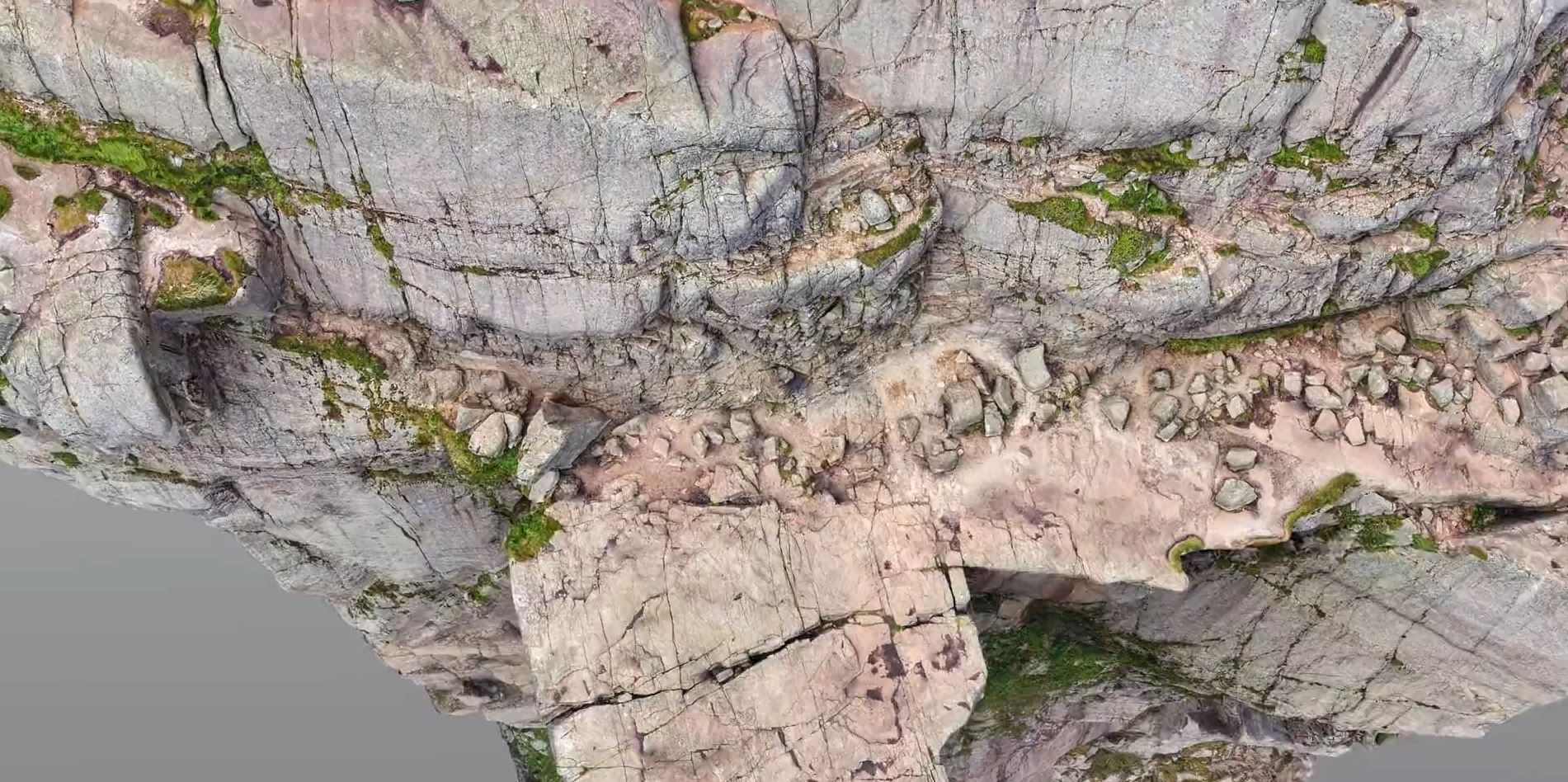
A seismic wave generated at the surface propagates into the ground, where it is refracted at interfaces between materials of different, increasing seismic velocities. These signals are then recorded with sensors placed at the surface, so-called geophones.
Through data analysis (inversion), we get the depth and the variation of the seismic velocity. The latter allows conclusions to be drawn about the material and quality of the bedrock.
The bedrock surface is then delivered in any digital format customized to the client’s requirements.
Reflection seismics create a stratigraphic model of the subsurface. This method can also be used in cases where seismic velocities do not increase with depth (a prerequisite for refraction seismics).
Get in touch
Norway
Tobias Jokisch
+47 902 09 686
tobias.jokisch@field.group
Mobile Mapping & Geophysics
With laser scanners mounted on a car, we can acquire millions of points per second. This very detailed point cloud is used for creating 3D vector models and it is a basis for producing a TIN-model for advanced applications. At the same time with scanning, images and video can be captured. The images are 360-degree street view imagery that can be accessed and used in a separate web viewer, Mapspace. We can also collect information about road conditions and map utilities, groundwater and bedrock using ground penetrating radar. Explore our other Mobile Mapping & Geophysical Services below.
